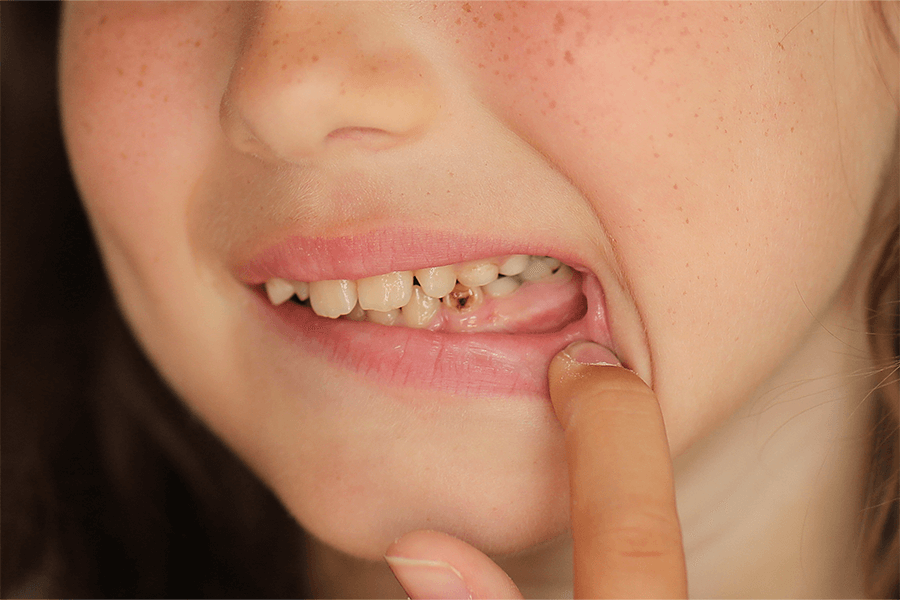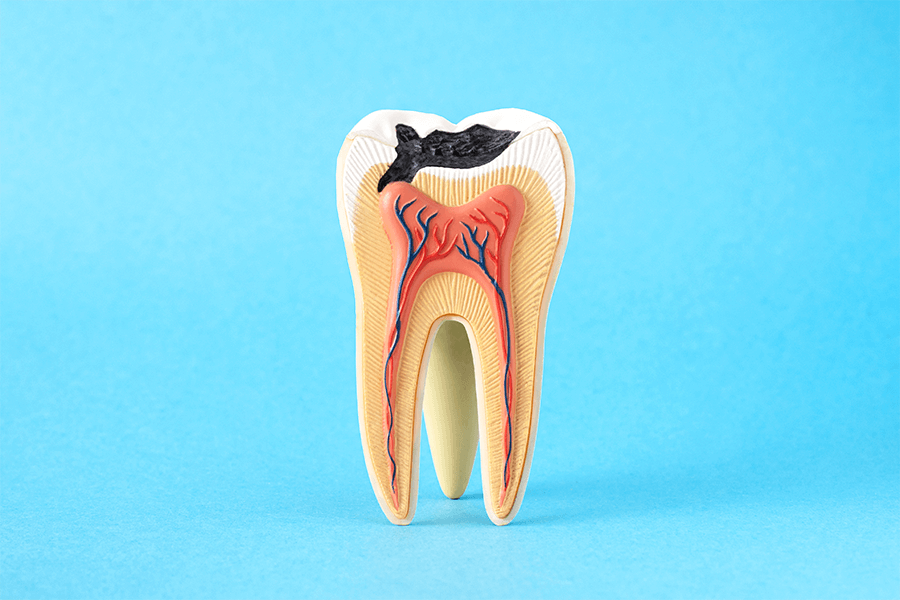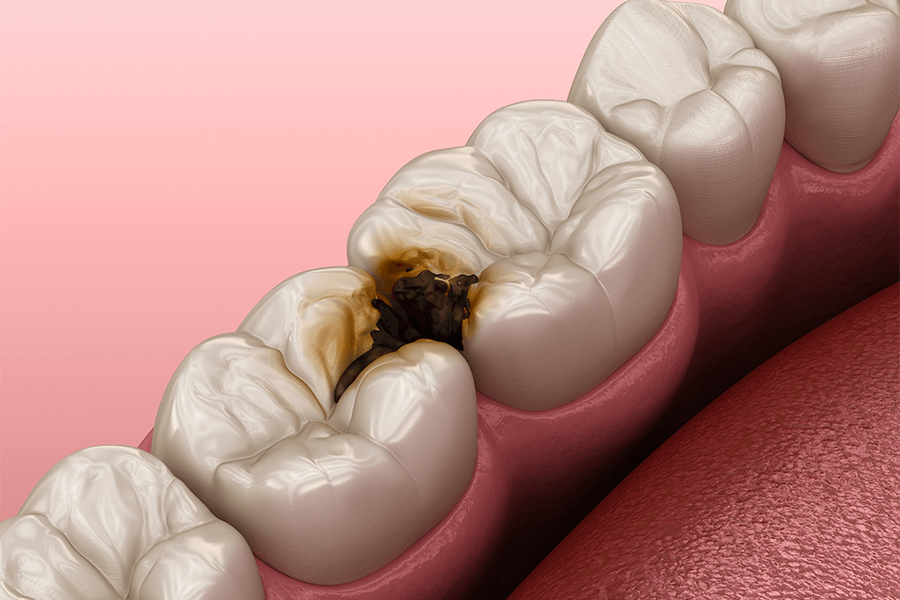The Dangers of Not Treating Cavities A Systemic and Updated Perspective from Biological Dentistry
Dental caries remain one of the most prevalent chronic diseases worldwide. According to the World Health Organization (WHO), around 2.5 billion people live with untreated tooth decay. Although often perceived as a problem confined to the mouth, cavities represent an inflammatory and infectious focus with potential systemic repercussions especially when neglected.
Cavities Are Not Just an Aesthetic Concern
Tooth decay begins with the demineralization of enamel, caused by acids produced by bacteria present in dental plaque. Over time, cavities progress into deeper layers of the tooth dentin and pulp causing pain, infection, and, in extreme cases, pulp necrosis.
What makes this condition dangerous is its silent progression: even without evident symptoms, an active lesion may be triggering chronic local inflammation and bacterial spread, especially in individuals with weakened immune responses.

Proven Systemic Impacts
Recent studies reinforce that untreated oral infections, such as those caused by deep cavities, are associated with various systemic health conditions. Below are some of the most relevant clinical developments:
Cardiovascular Diseases
Literature shows that oral bacteria, such as Porphyromonas gingivalis, can enter the bloodstream and promote vascular inflammation, contributing to atherosclerosis. (Desvarieux et al., 2005, Circulation)
Diabetes Decompensation
Patients with type 2 diabetes are more prone to developing oral infections and face greater difficulty controlling blood glucose levels when active inflammation is present in the mouth. (Mealey & Ocampo, 2007, Periodontology 2000)
Pregnancy Complications
Pregnant women with periodontal disease and oral infections have a higher risk of preterm birth and low birth weight infants, due to the systemic release of inflammatory mediators. (Offenbacher et al., 1996, Journal of Periodontology)
Neurodegenerative Diseases
Recent research suggests that chronic oral infections may increase the production of inflammatory proteins linked to neurocognitive changes, such as beta-amyloid — a protein found in Alzheimer’s patients. (Dominy et al., 2019, Science Advances)

A Biological Approach From Prevention to Systemic Understanding
Integrative Biological Dentistry offers a shift in perspective: cavities should not be viewed merely as localized lesions but as signs of microbial and functional imbalance that must be understood contextually. This includes:
- Preventive action through dietary changes and oral microbiome evaluation;
- Reducing toxic load with biocompatible materials;
- Avoiding overtreatment with minimally invasive interventions;
- Investigating the impact of breathing, chewing, and postural habits on the caries cycle.
A Symptom That Reveals Much More
Active and untreated cavities are not just structural damage — they are indicators of low-grade chronic inflammation that can affect multiple body systems.
The technical and integrative outlook of the oral health professional is essential for identifying these early signs and acting based on science — not just restorative protocols.
That’s why you should get in touch with the specialists at Clínica Debora Ayala and learn how to treat cavities the right way!
Scientific References Consulted:
- World Health Organization. Oral health. https://www.who.int/news-room/fact-sheets/detail/oral-healthWorld Health Organization (WHO)
- Mayo Clinic. Cavities and tooth decay – Symptoms and causes. https://www.mayoclinic.org/diseases-conditions/cavities/symptoms-causes/syc-20352892Mayo Clinic
- National Institute of Dental and Craniofacial Research. Tooth decay. https://www.nidcr.nih.gov/health-info/tooth-decayINPDC
- American Dental Association. Oral-Systemic Health. https://www.ada.org/resources/ada-library/oral-health-topics/oral-systemic-health


